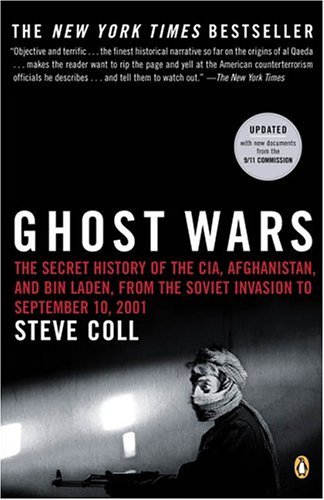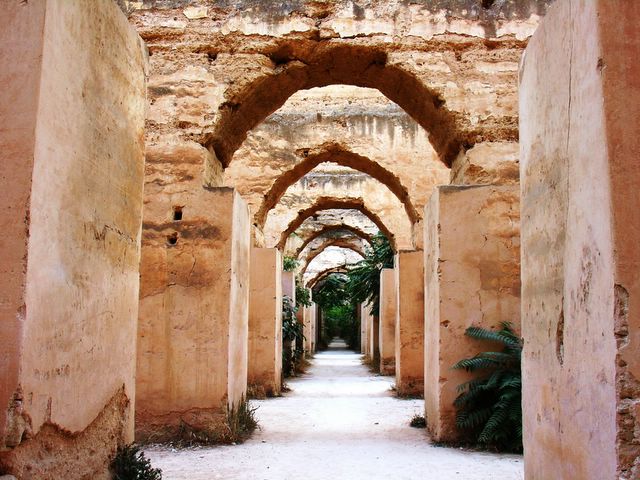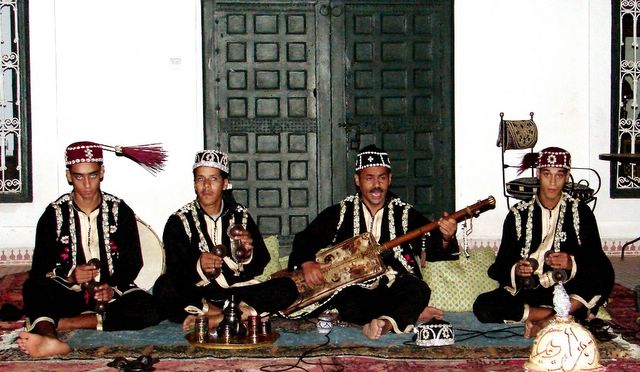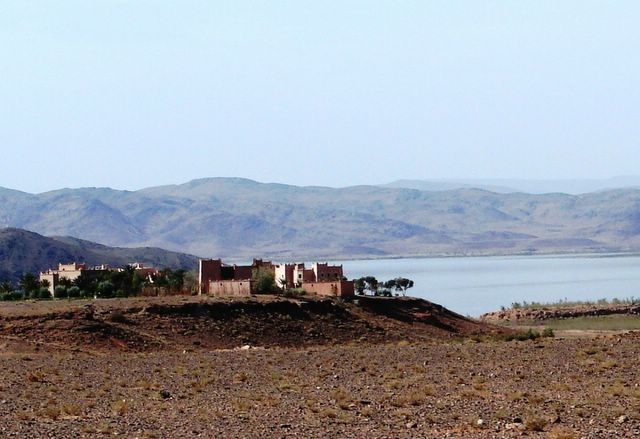An Update on Al Qaeda From A Field Researcher
The first I heard of the London bombing last Thursday morning was at a speaking event in downtown Washington DC. The speech that morning was delivered by a friend who had just returned from Pakistan where he was investigating the trail of Bin Laden and his sidekick, al-Zawahiri. I was looking forward to his presentation because when I spoke to him a few days earlier, he had promised that he would share some new facts and details on Al Qaeda movements in and around the border areas of Pakistan and Afghanistan.
I listened very carefully to the findings presented that morning as a result of the investigative work done by the presenter and his team in Pakistan and along border areas in Eastern Afghanistan. Many of the details shared that morning did not shock or surprise me, although I found some to be rather peculiar.
1. Al Qaeda is not a centralized operation. It relies on autonomous and semi-autonomous groups to plan and execute terror attacks around the world. Attacks such as those executed in London last week do not require the approval nor the knowledge of Bin Laden and his Lieutenants. The Al Qaeda leadership has completely decentralized its decision-making to local terrorists after having provided blanket approvals for a wide range of attacks on a large number of targets.
2. Al Qaeda is still very successful at moving both information and money around. They rely on human intelligence and couriers to transport messages, supplies, and money in and around their areas of operation.
3. Bin Laden and al-Zawahiri do not travel together. In fact, they move separately, each with his following of terrorists, through various networks of safe houses and camps depending on time of the year. They both have a winter and a summer itinerary, which on second thought is expected given the fact that weather conditions in remote areas of the Pakistan/Afghanistan border require serious adjustments.
4. The Arab regiments of Al Qaeda, who have nurtured blood ties to local tribes through marriage since the Jihad days of the 1980s, are more or less centered around Bin Laden, while the Uzbek/Chechens are under the control of al-Zawahiri.
5. The Pakistani political party Jamaat-e-Islami and elements in the Pakistani military and intelligence services (ISI) continue to provide significant logistical support to Al Qaeda, including information, safe houses and a host of communication equipment. In fact, many of the safe houses where AlQaeda operatives like Abu Faraj al-Libbi and Khaled Sheikh Mohamed were captured were owned and/or operated by Jamaat-e-Islami officials.
6. Searches of safe houses used by Al Qaeda in Pakistan turned up a variety of sophisticated media and communication equipment. The findings from a raid conducted recently into a safe house in a remote area of Pakistan included high quality video and audio equipment, computer stations, communication gear and propaganda equipment. Al Qaeda also obtains weapon supplies from a wide number of local manufacturers in the area (small Pop&Mom shops of death). These shops make everything from mines, mortars and IEDs to refurbished rifles and stingers.
7. There appears to be an ideological or tactical rift between Bin Laden, supported by the Arab militias, and Al-Zawahiri who mostly commands Uzbek/Chechen rebels. The former allegedly favors a strategy that focuses on attacking the West first and not to provoke Arab regimes into the fight. The latter reportedly believes that the fight should be waged from within Arab and Muslim Lands. They believe in two different sides of their own version of the Domino effect.
8. Precision-guided bombing is conducted within Pakistan against suspected Al Qaeda targets. This may sound like a fact of very little value, except that Pakistan does not own or operate precision-guided ammunition.


























0 Comments:
Post a Comment
<< Home